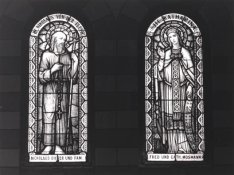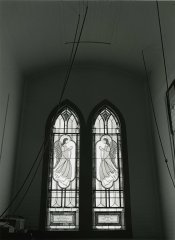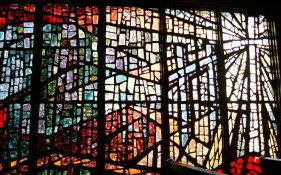Doc W
Member
I mostly shoot b&w but was asked recently to photograph the interior of my church, in particular the stained glass windows. With the shining directly through the windows, the dynamic range was far too wide to consider shooting, but even with more subdued northern light, I was stunned by the dynamic range, up to ten stops in some cases. What do you colour guys do in situations like this? If it were b&w I would know how to control those highlights with development. Should I just tell the lab to develop accordingly, i.e., reduce development based on the range of stops? Are there other possibilities? I would love to hear from others who have dealt with the stained glass window problem. In some cases, I only need to get the window. In others, I need to get the window in its environment. For the latter, I am going to wait for very overcast days.















